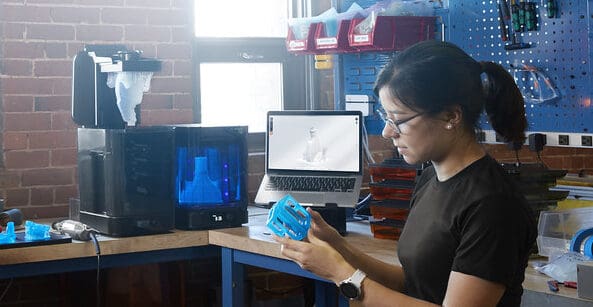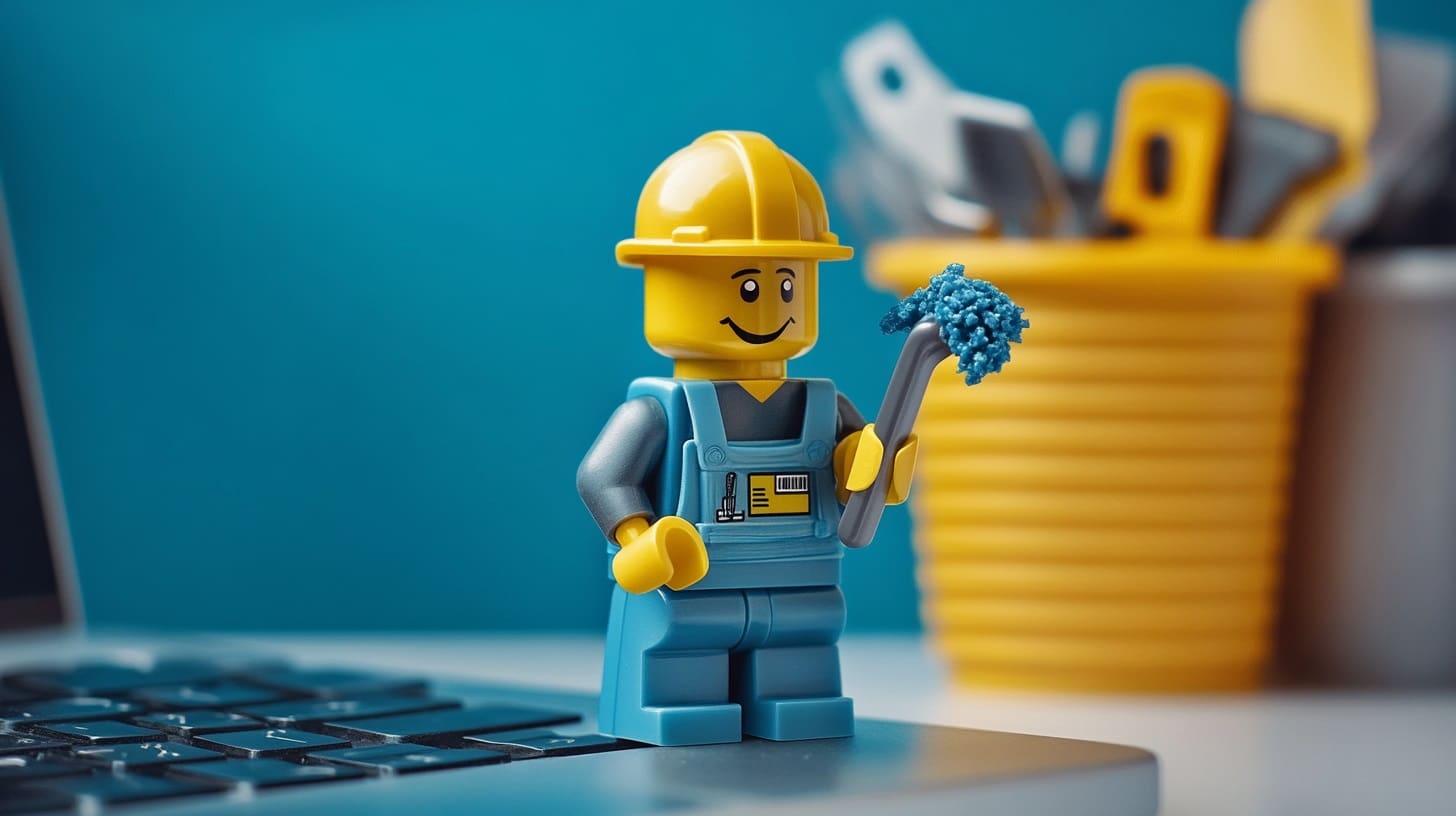In the domain of 3D printing, particularly within resin-based technologies like Stereolithography (SLA) and Digital Light Processing (DLP), curing liquids play a crucial role. These specialized formulations are designed to interact with light to solidify photopolymer resins into precise and durable objects. This article explores the importance, functionality, and maintenance of curing liquids in 3D printing, highlighting their role in improving the mechanical properties, accuracy, and aesthetic qualities of printed products.
Importance of Curing Liquid in 3D Printing
Precision in Solidification: Curing liquids are formulated to respond predictably to specific wavelengths of light, allowing for precise control over which areas of the resin solidify, thereby defining the shape and detail of the final product.
Enhanced Material Properties: The chemical composition of curing liquids is designed to maximize the physical properties of the final object, such as strength, flexibility, and temperature resistance, making them suitable for a variety of industrial and commercial applications.
Improved Aesthetic Qualities: Curing liquids can be engineered to improve the clarity and color consistency of printed objects, enhancing their visual appeal and suitability for detailed aesthetic applications.
Speed and Efficiency: The right curing liquid can significantly accelerate the curing process, increasing throughput and efficiency in production environments.
Components Related to Curing Liquid in 3D Printers
Photoinitiators: These chemicals within the curing liquid are responsible for initiating the polymerization reaction when exposed to the appropriate light, transforming the liquid resin into a solid form.
Monomers and Oligomers: These are the building blocks of the resin that link together during the curing process to form the polymer structure that makes up the solidified material.
Additives: Various additives can be included in the curing liquid formulation to control properties like viscosity, color, and UV stability, tailoring the resin to specific printing needs and environmental conditions.
Dispensing System: Ensures that the curing liquid is delivered evenly and accurately within the resin vat or across the build platform, crucial for maintaining consistency in the printing process.
Installation and Handling of Curing Liquid
Proper Storage: Curing liquids should be stored in cool, dark conditions to prevent premature polymerization and degradation of the photoinitiators and monomers.
Safe Handling: Due to their chemical nature, curing liquids can be hazardous. Appropriate safety measures, including the use of gloves and eye protection, should be observed when handling these materials.
Compatibility Checks: Ensuring that the curing liquid is compatible with the printer’s light source and resin tank or platform materials is critical to prevent reaction issues or damage to the printer components.
Maintenance and Optimization of Curing Liquids
Regular Resin Vat Maintenance: Keeping the resin vat clean and free from solidified residues ensures that the curing liquid maintains its effectiveness and prevents contamination that could affect print quality.
Monitoring UV Light Source: Regularly checking the UV light source for consistent output and wavelength accuracy is vital since deviations can affect how the curing liquid performs during the printing process.
Quality Control Testing: Periodic testing of the curing liquid’s properties, such as viscosity and reactivity, can help identify any degradation in quality over time, ensuring consistent printing results.
Firmware and Software Updates: Keeping the printer’s software updated can help optimize the handling and application of curing liquids, adapting to improvements in formulations and curing technology.
Challenges and Solutions
Environmental Sensitivity: Curing liquids can be sensitive to ambient conditions such as temperature and humidity. Implementing environmental controls can help maintain the consistency of printing processes.
Material Aging: Over time, exposure to light and air can cause curing liquids to lose effectiveness. Using tightly sealed containers and minimizing exposure to light when not in use can extend the shelf life of these materials.
Waste Management: Disposal of unused or expired curing liquids needs to be handled according to local environmental regulations to minimize the impact on the environment.
Curing liquids are vital components in resin-based 3D printing, significantly affecting the quality, durability, and efficiency of the printing process. Effective management and meticulous maintenance of these liquids are essential for maximizing the capabilities of 3D printers and ensuring the production of high-quality, reliable, and precise printed products. Understanding and optimizing the function and maintenance of curing liquids will enable users to achieve improved operational reliability and enhanced print quality, fully leveraging the advanced capabilities of 3D printing technology.








